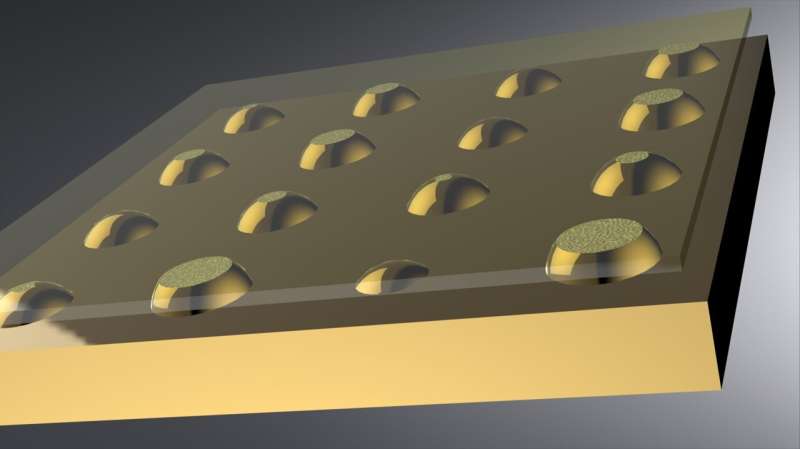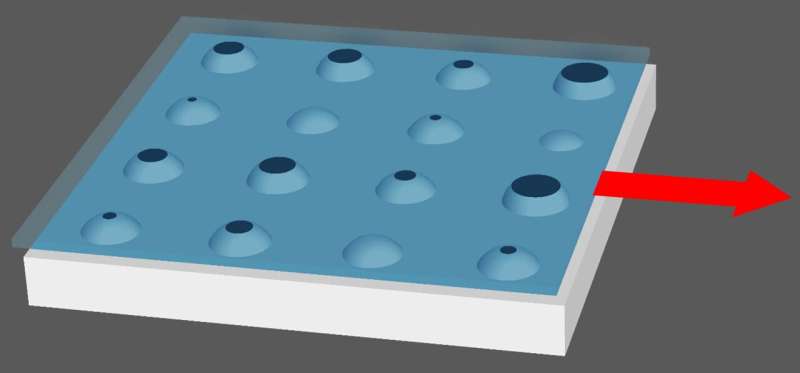January 19, 2024 report
This article has been reviewed according to Science X's editorial process and policies. Editors have highlighted the following attributes while ensuring the content's credibility:
fact-checked
peer-reviewed publication
trusted source
proofread
A means for tuning friction on a flat surface without the use of math

A team of microsystems engineers at Université de Lyon, École Centrale de Lyon has developed a method to create a desired amount of friction between two flat surfaces without resorting to math. Their project is reported in the journal Science. Viacheslav Slesarenko and Lars Pastewka, both with the University of Freiburg, have published a Perspective piece in the same journal issue, outlining the work done by the team in France.
Friction, the drag produced when two materials are pressed and moved against one another, has become a major factor in the design of modern electronic properties. From the friction of a finger swipe across a phone screen to sensors under development for robot hands, friction and its measurement and control have become a big concern for electronics engineers.
Unfortunately, despite its ubiquity, calculating friction coefficients is still a challenging proposition due to the vast number of characteristics of individual materials. In this new effort, researchers in France have found a faster way to obtain the desired amount of friction between two flat objects.
Most of the friction involved between two flat surfaces is due to projections on one or the other surface. When tiny bumps on one surface collide with the tiny bumps on another, they must overcome one another to allow for sliding. The innovative work by the team involved creating a type of flat surface with adjustable bumps.
To create their surface, the research team used a rubber-like elastomer, which they describe as a metainterface due to its adjustable bumps, each of which can be individually adjusted by height. By altering the heights of the bumps, the team was able to alter the amount of friction produced when another flat surface was pressed against it and then slid to one side. The researchers found that by adjusting the height of the bumps in a systematic way, they could zero in on the amount of friction desired.

They tested their metainterface by placing a glass pane on top of it, applying pressure, and then sliding it to one side and then the other. Using this approach, they found that they could not only create materials with the desired degree of friction, but also demonstrate several friction laws.
More information: Antoine Aymard et al, Designing metainterfaces with specified friction laws, Science (2024). DOI: 10.1126/science.adk4234
Viacheslav Slesarenko et al, The bumpy road to friction control, Science (2024). DOI: 10.1126/science.adn1075
Journal information: Science
© 2024 Science X Network




















